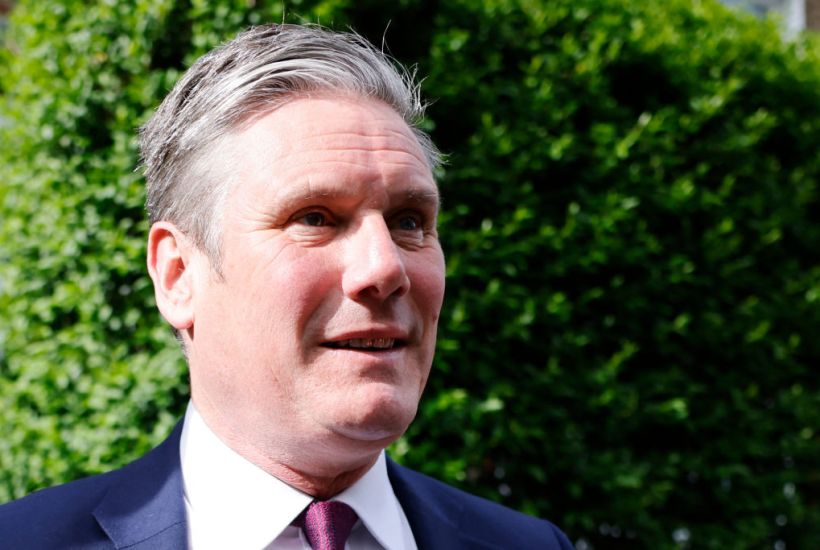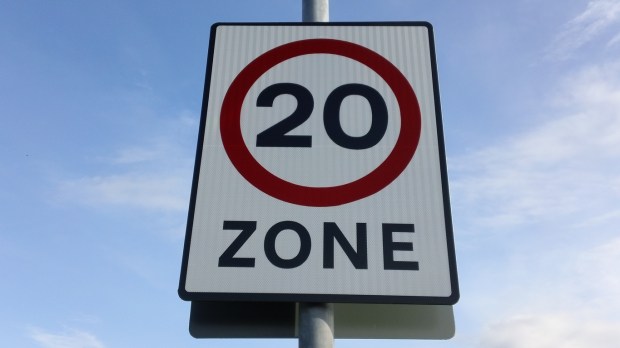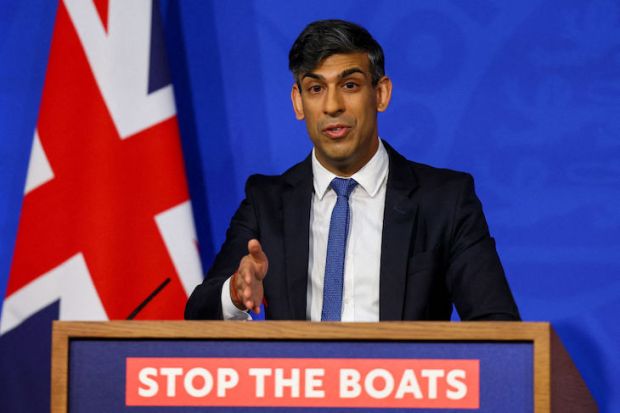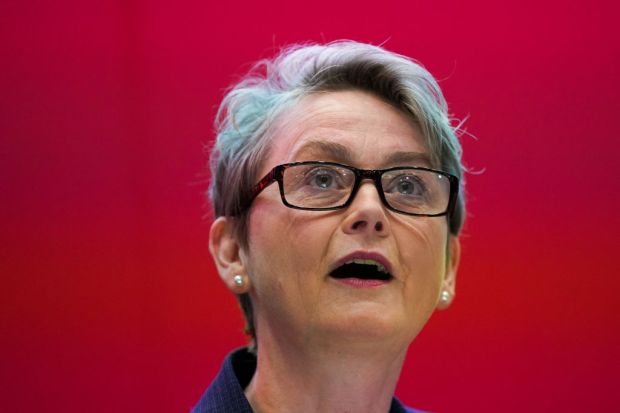How do you tell a politician who has just been punched in the face by the electorate that something is looming that will cause him a bigger and far longer-lasting headache?
Keir Starmer probably already has an inkling about the next tortuous twist facing his Labour leadership: mounting pressure to open talks with the leaders of other left-of-centre parties about forming an electoral pact.
The weekend’s latest opinion poll by YouGov set out the nightmare trap into which the left in general and the Labour party in particular has fallen. The party ratings were as follows: Conservatives 46, Labour 28, Greens 8, Lib Dems 8, SNP 5, Reform UK 2, Plaid Cymru 1.
The 18-point Tory lead over Labour suggests that the basic political terrain resembles the situation when Tony Blair was Labour PM and William Hague led the Tories. The government is simply miles ahead and a rump opposition is becalmed.
But that’s not the worst of it for Labour. The other striking feature of the poll is that the Conservatives have a monopoly on the right-of-centre vote save for a tiny sliver that is backing the fragile Reform UK. About 95 per cent of right-of-centre voters are lining up behind the Tories. It is a far cry from the heyday of Ukip when the Tories struggled to command much more than two-thirds of this vote.
But now look at the left. Labour’s 28 points is offset by a combined 22 points for other left-of-centre offers: the Greens, the Lib Dems, the SNP and Plaid Cymru. On this showing, Labour only commands a 56 per cent market share on the left-of-centre.
Of the alternative brands, the SNP seems to have locked in nearly half of Scottish voters, while the Greens are on a roll and have much more potential for growth given the massively increased salience of their defining issue. There seems to be no deployable strategy which Starmer can use to crunch down support for either party anytime soon. And even the Lib Dems are now showing a few signs of life. All these parties and Plaid in Wales are singing from a similar modernist-left hymn sheet – bemoaning Brexit; arguing for an even laxer immigration system; hyping up identity politics issues; and pressing for still higher public spending than that already presided over by Boris Johnson.
There is no intrinsic reason why Celtic nationalist parties should be leftist, or why passionate environmentalists should be, or liberals for that matter. Yet all these parties have gradually succumbed to Robert Conquest’s Second Law of politics, which states that any organisation not explicitly and constitutionally right-wing will sooner or later become left-wing.
This has traditionally been seen as an advantage for the left, but under a first-past-the-post electoral system it is utterly hopeless for Labour when it leads to the creation of multiple viable alternative outlets for left-wing voters.
So as the left intelligentsia licks its wounds over the failure of Curtaingate or Domgate or any other attempt to undermine the appeal of Johnson’s Toryism, it is bound to start talking up two ideas: electoral reform and an electoral pact. In fact this is already happening, with MPs like Clive Lewis pressing for a ‘progressive alliance’ embracing Labour, the Greens and the Lib Dems.
The key idea is that by forming a pact, the three parties together could maximise their seats and hope to attain a Commons majority for electoral reform and introduce a proportional voting system thereby permanently wiping out the structural Tory advantage.
It sounds plausible in theory but there are several practical pitfalls. First, it would involve a major strategic surrender by Labour in the form of an acknowledgment that it can no longer hope to win a Commons majority under its own steam. This would risk further entrenching a narrative about Labour decline. Secondly, it would likely cause major divisions in constituencies where Labour would have to stand aside to give a smaller party a clear run. Thirdly, it is by no means certain that the voters would behave as envisaged by the architects of such a pact. Some would abstain if their favourite party was not on the ballot, while others could decide to vote Tory rather than get behind such a rickety plan.
The Conservatives would certainly revive the ‘coalition of chaos’ jibe which was instrumental in winning them the 2015 general election. They would also pile pressure on Labour for clarity about the role of the SNP, who would be necessary for the coalition.
Presumably the SNP’s price would be a guaranteed second IndyRef well before a generation had passed since the 2014 vote. I dare say the Tory poster depicting Starmer as a glove puppet in Nicola Sturgeon’s breast pocket is already on the drawing board.
And yet if Starmer turns his face against working with the other leftish parties, he risks being accused of sleepwalking towards another brutal defeat. Younger, idealistic left-wing sentiment could swing even more behind the Greens, further depressing Labour’s poll ratings.
The most likely course for Starmer for now will be to fudge things – to sound sympathetic to electoral reform without quite committing himself and encouraging Greens and Lib Dems to contribute to a constitutional conversation and then see how it all lands. But even that will merely accentuate the damaging public impression of him as lacking boldness, principles or big ideas.
In effect, Starmer faces a choice between a full-blown migraine or just a conventional splitting headache. Not a lucky general, this one.
<//>
Got something to add? Join the discussion and comment below.
Get 10 issues for just $10
Subscribe to The Spectator Australia today for the next 10 magazine issues, plus full online access, for just $10.




















Comments
Don't miss out
Join the conversation with other Spectator Australia readers. Subscribe to leave a comment.
SUBSCRIBEAlready a subscriber? Log in